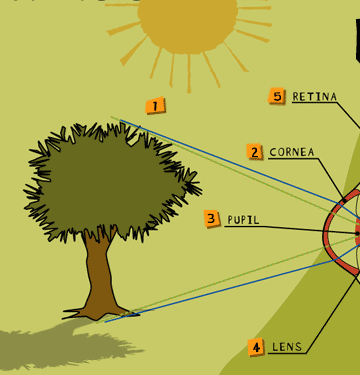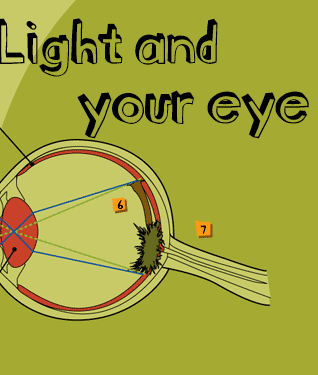
|
How does light let you see these words? Here’s how:
|

|
You can experiment to find out more about how your eye works here . |